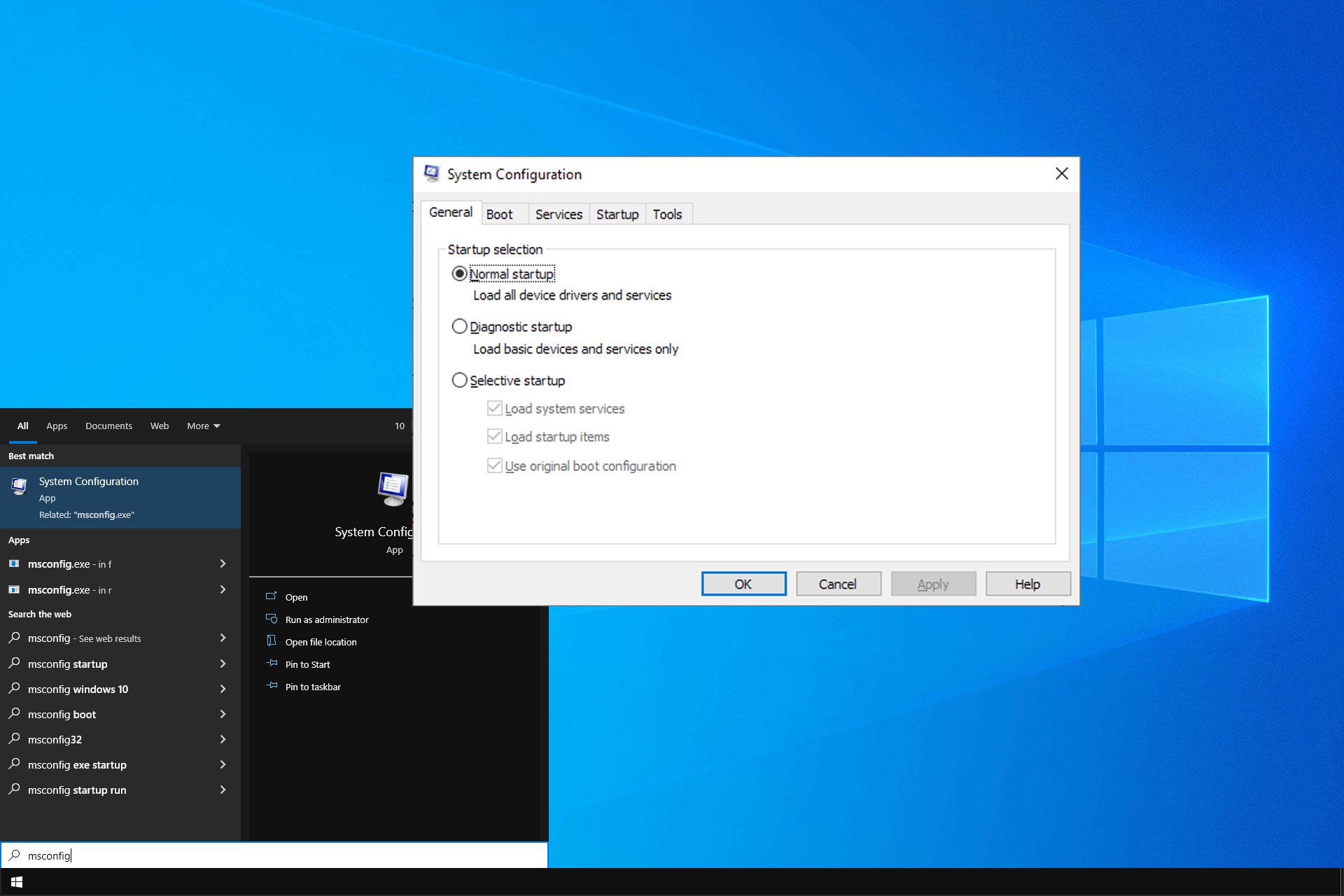
How to Open MSConfig in Windows 10 [Run, CMD Command]
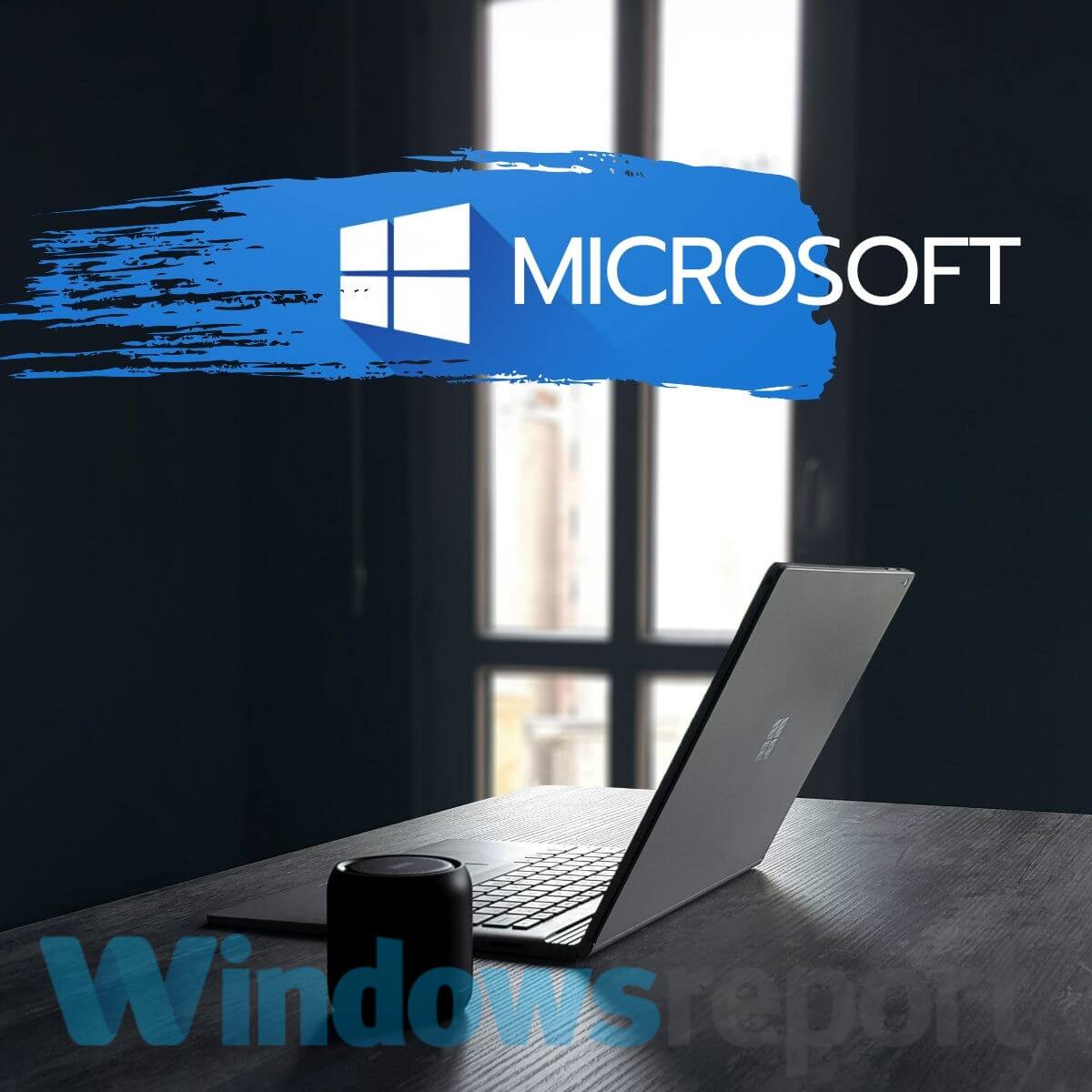
How to Fix Windows 10 Stuck on Spinning Circle [7 Ways]
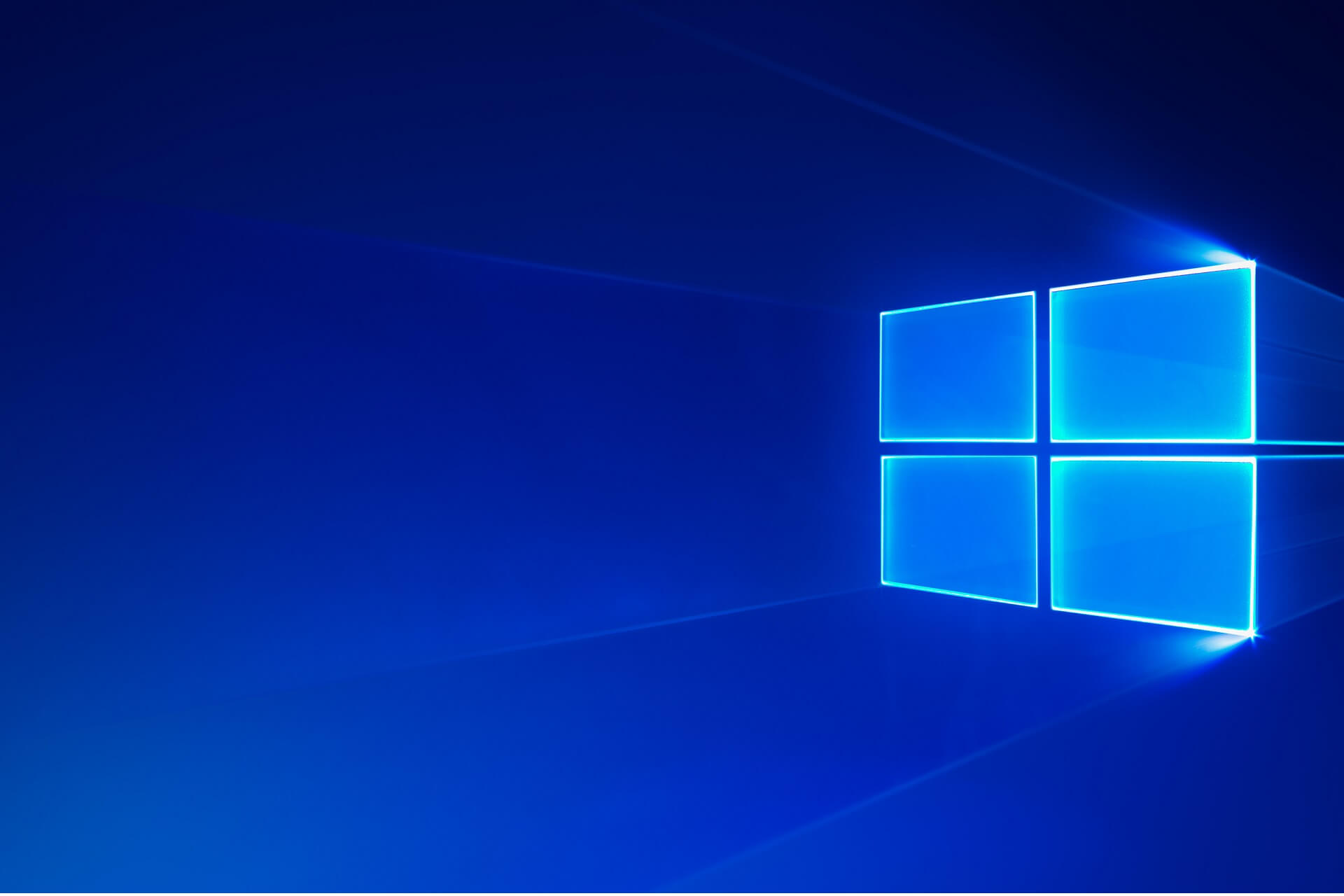
How to Quickly Install Windows 10 Without a Microsoft Account
How to Make Taskbar Icons Bigger with 3 Easy Steps

How to Disable User Account Control in Windows 10 [Answered]
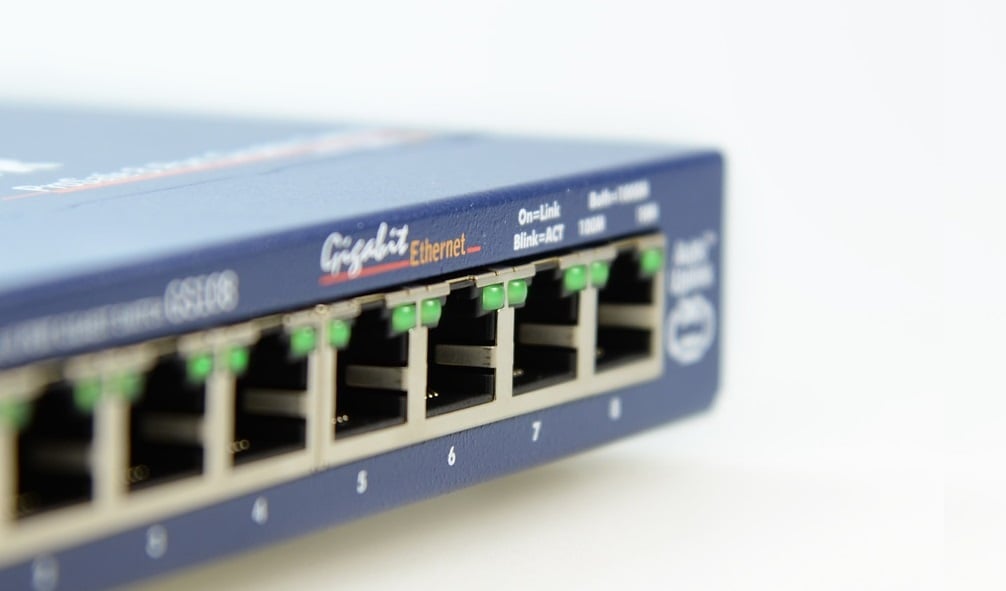
Use PC as Network Switch [Step-By-Step Guide]
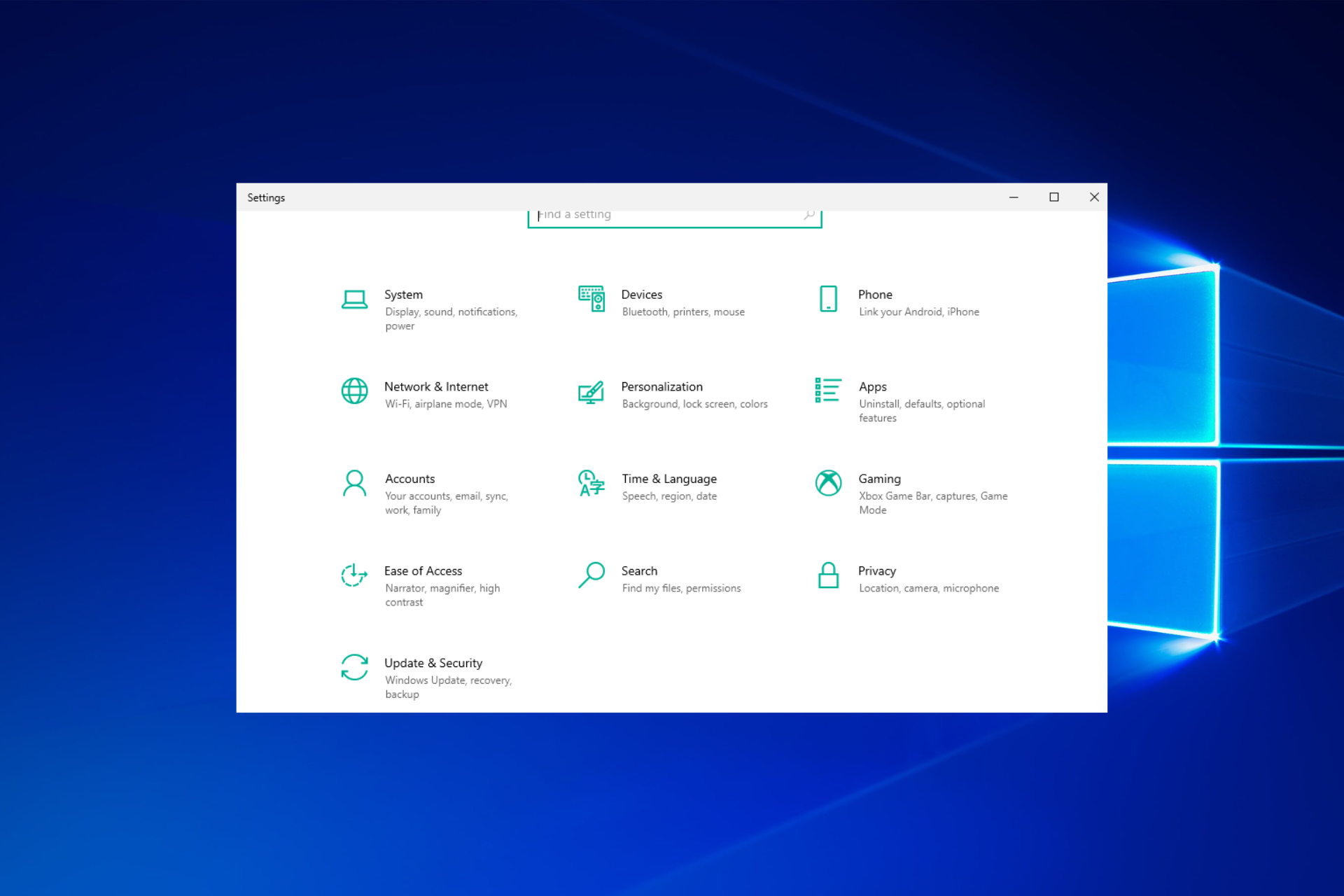
Windows Settings Won’t Open: 5 Ways to Fix it in Windows 10
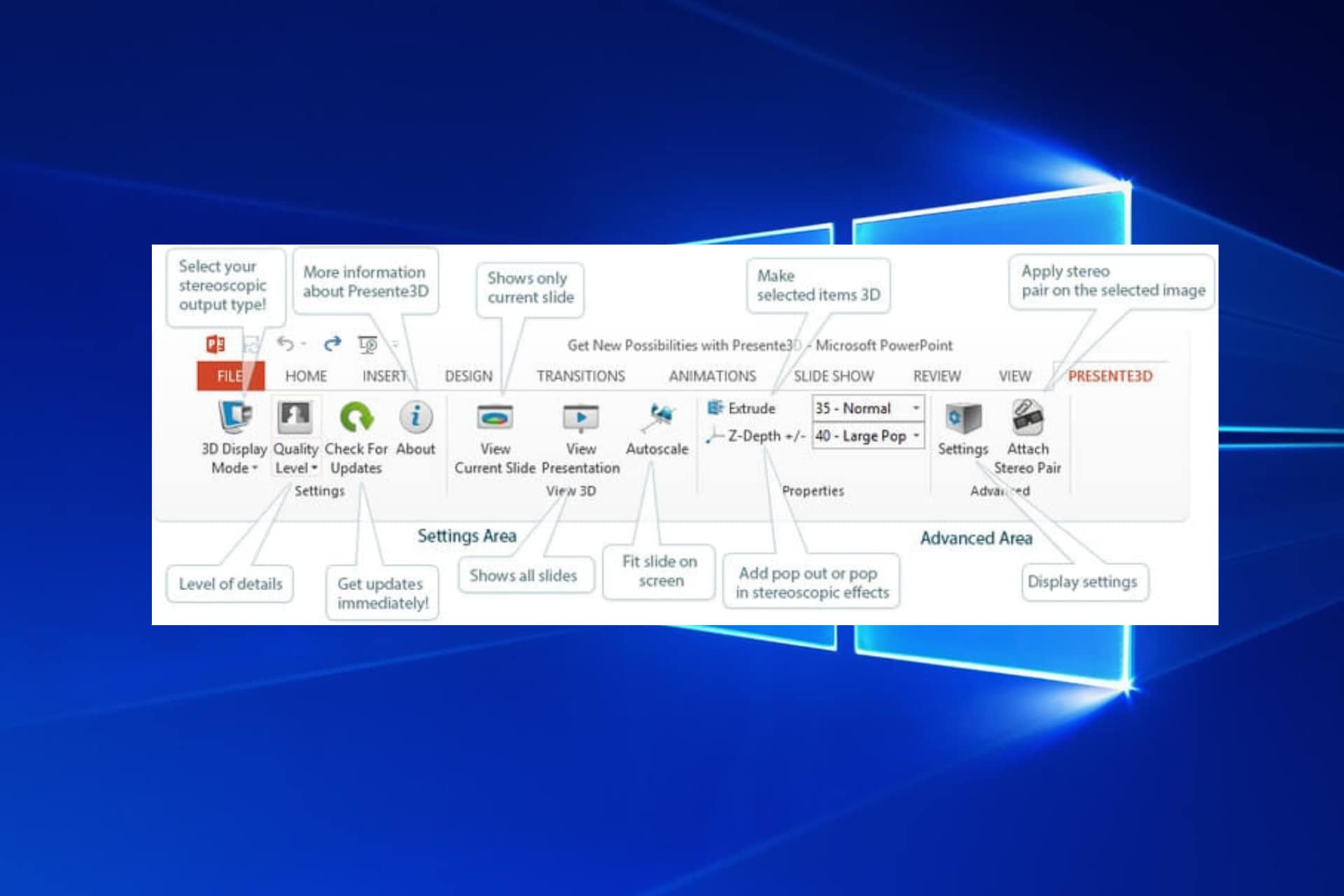
How to Disable the Ribbon in Windows 10
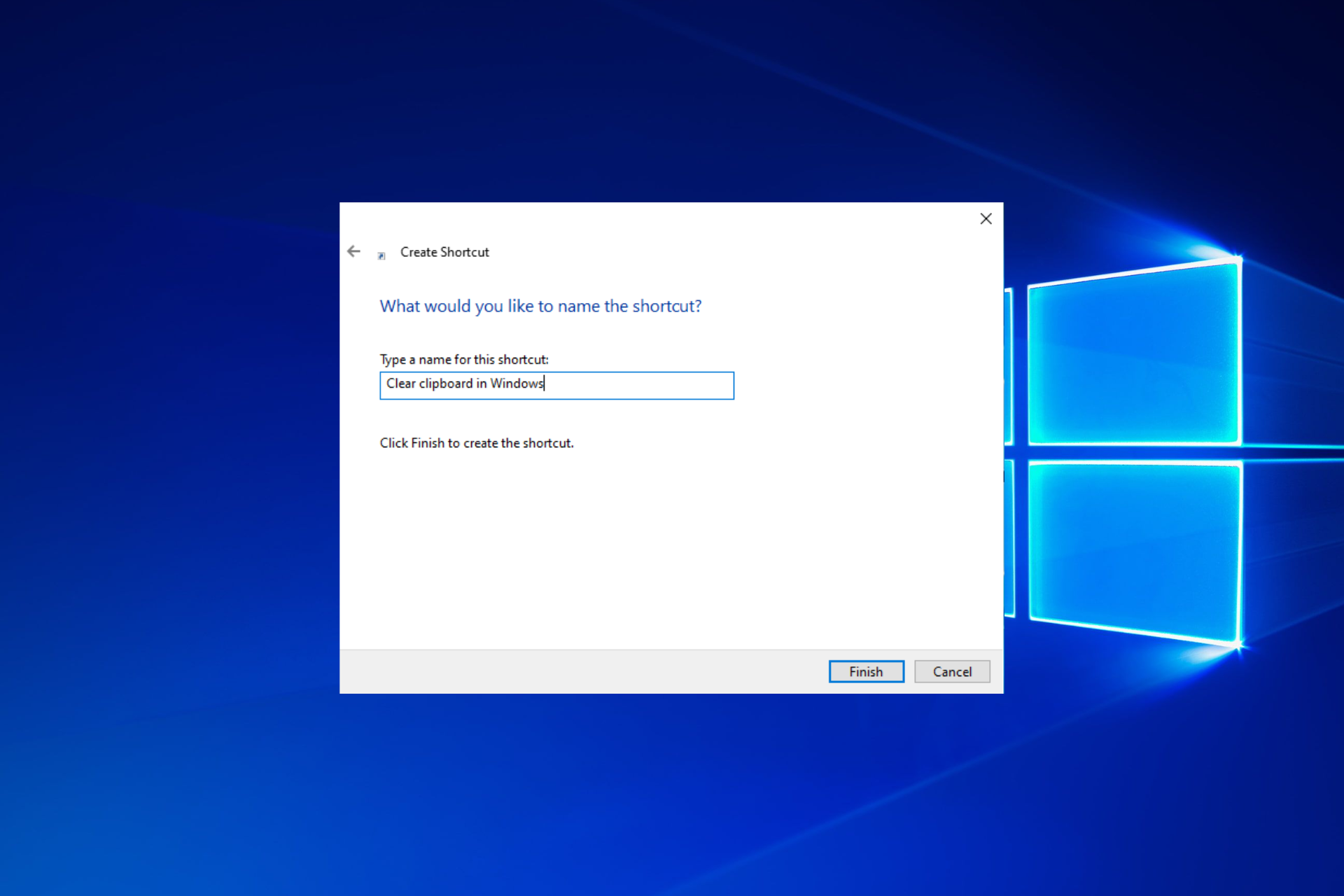
3 Ways to Clear Clipboard in Windows 10

How to Enable Back Balloon Notifications in Windows 10
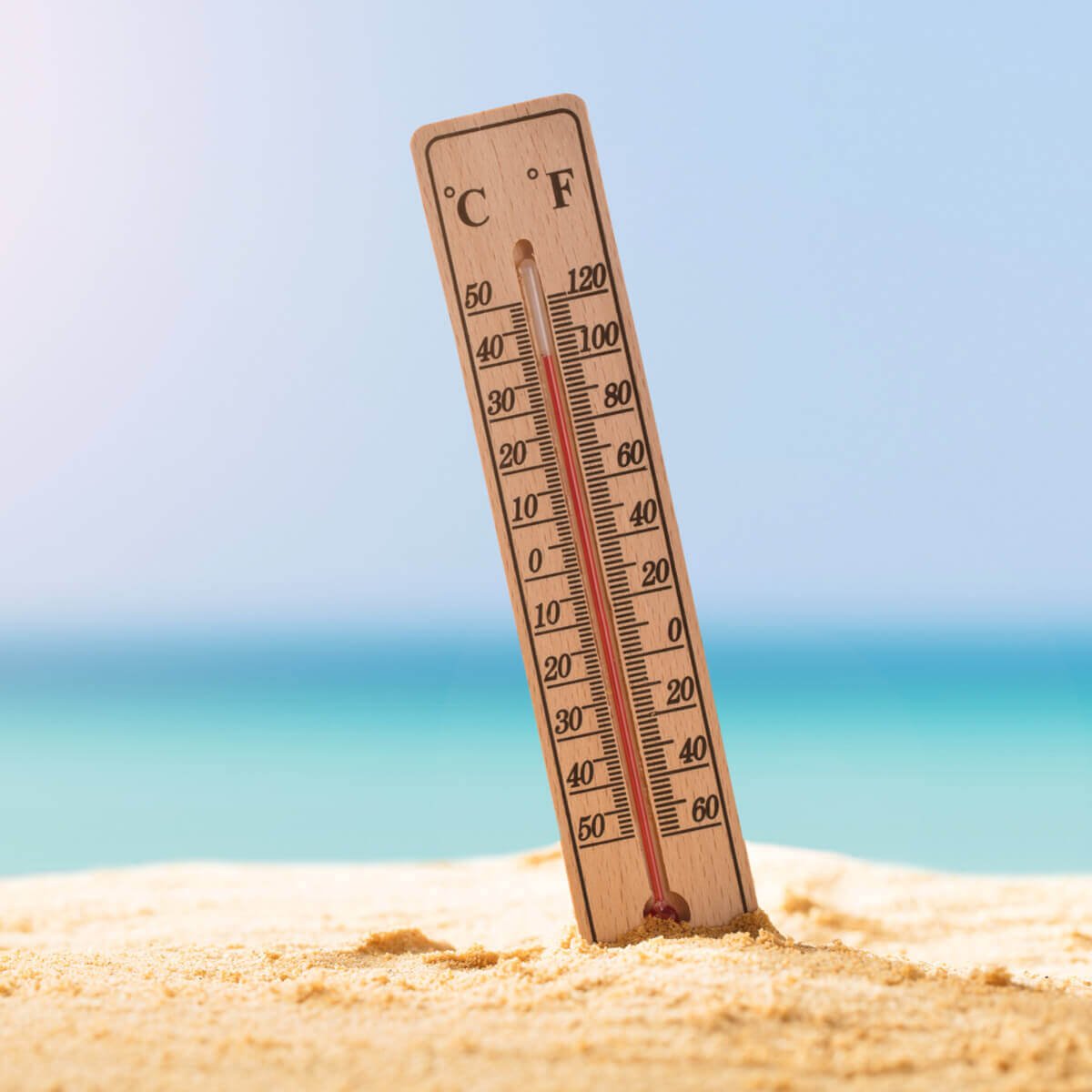
How to Add Windows 10’s Temperature Widget on Taskbar

How to Duplicate 3 Monitors on Windows 10 PCs

How to Stop CCleaner Popups on Windows 10
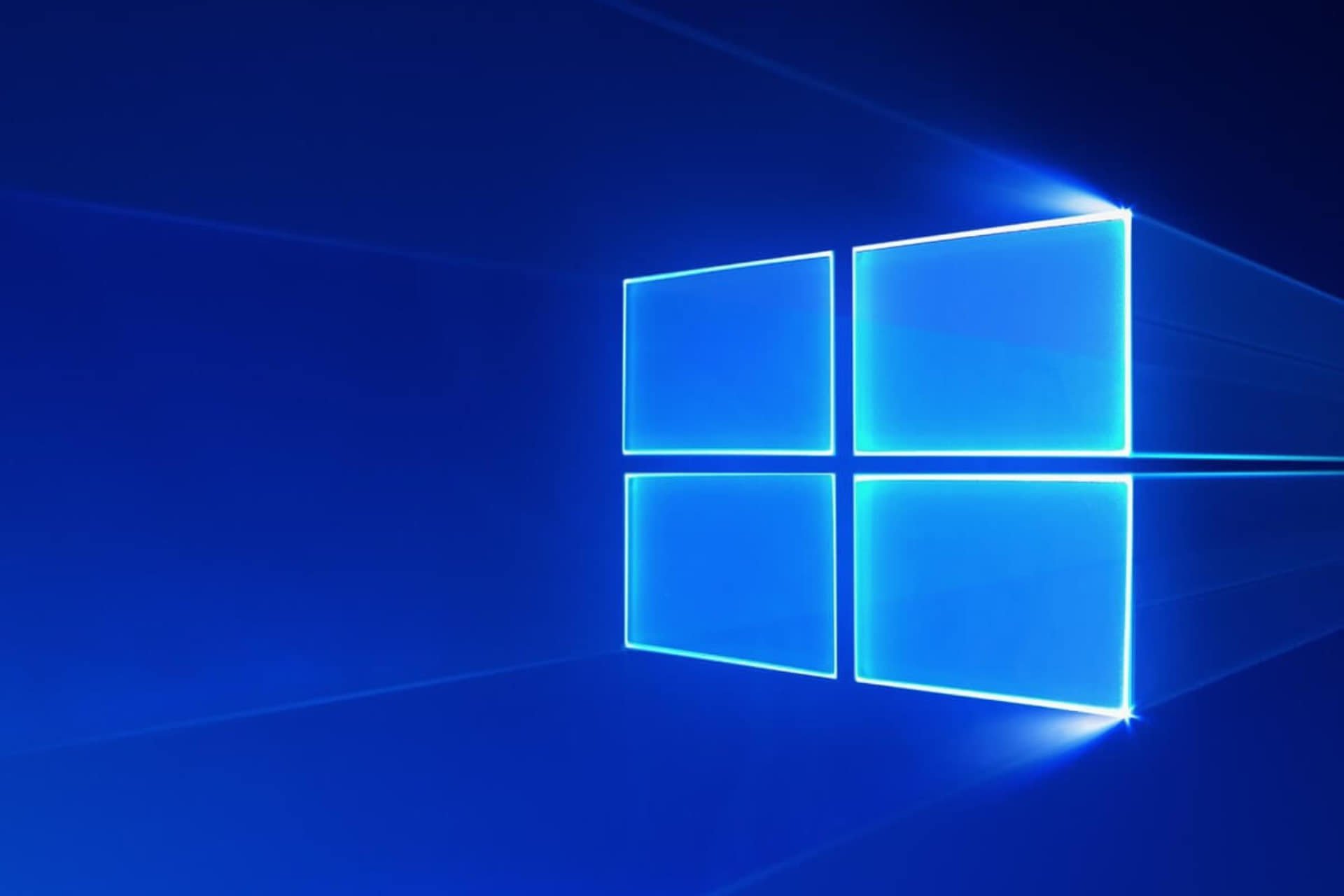
How to Remove a Word from Word Dictionary
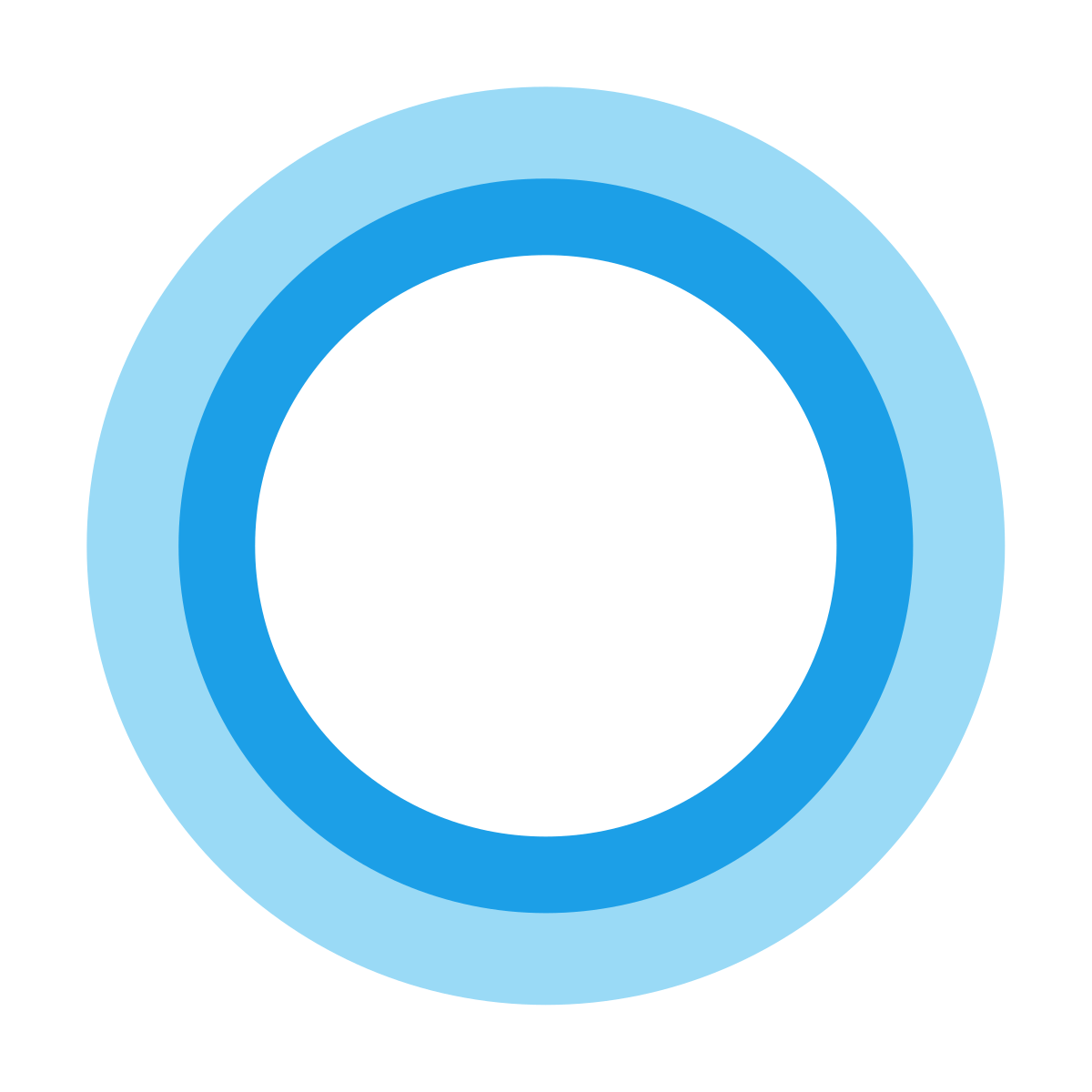
![How to Use your Phone as Keyboard for PC [Step-by-Step]](https://cdn.windowsreport.com/wp-content/uploads/2023/01/use-phone-as-keyboard-for-pc.jpg)